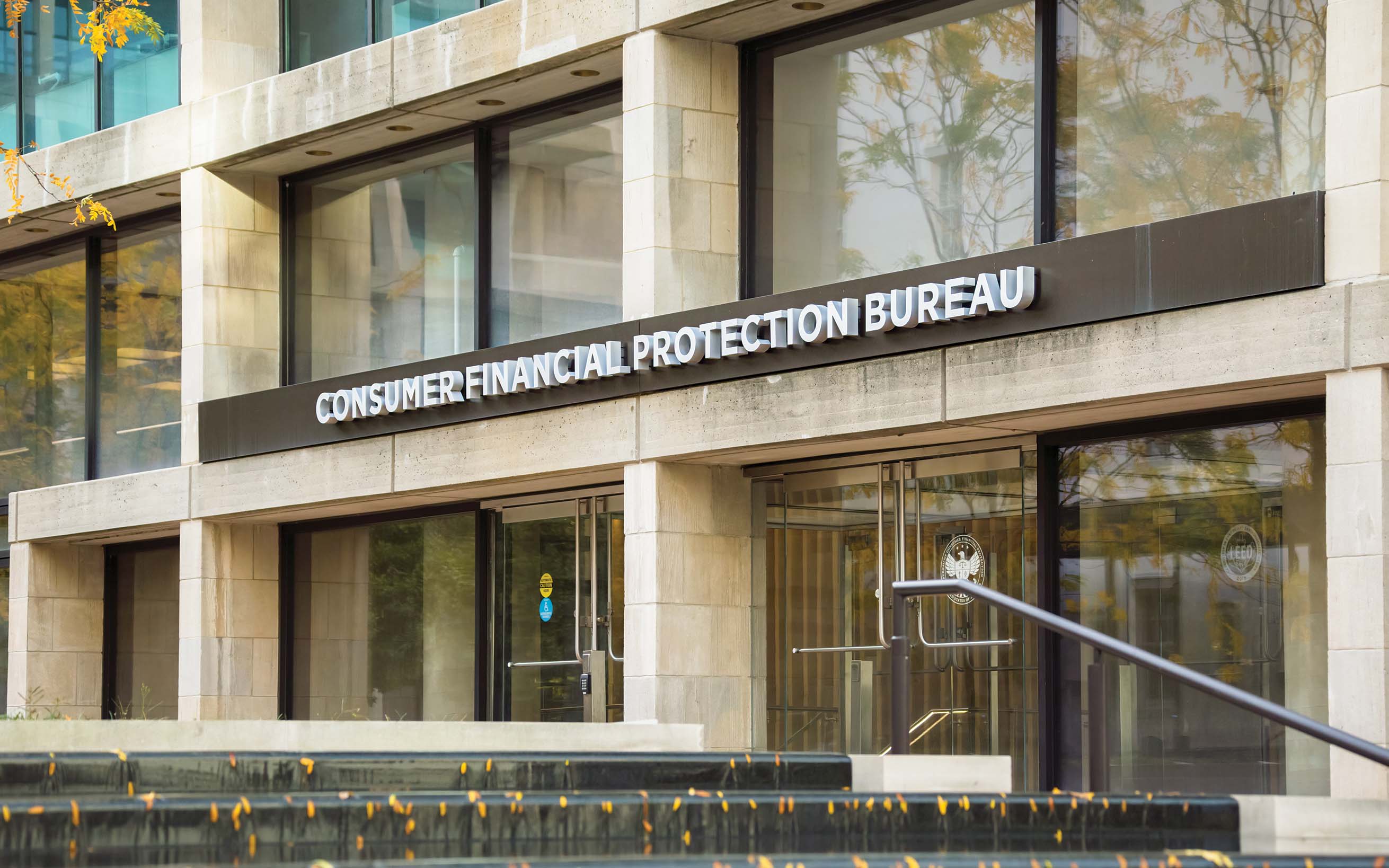Can tech help solve community bank's fraud and risk concerns? Here's what we think.
Charles Potts: Tackling Fraud With Technology
October 01, 2024 / By Charles Potts
Can tech help solve community bank's fraud and risk concerns? Here's what we think.
For years, community banks have made digital transformation a priority. From engaging with fintechs to introducing new payments solutions, banks are using technology to address operational efficiencies and future-proof customer experiences.
But as you have explored these digital transformation initiatives, you have also had to consider them from a fraud mitigation perspective. Cybersecurity and fraud prevention are no longer programmatic elements that can be separated out: Every aspect of a bank’s technology enterprise—especially where they service and interact with customers—must have a risk and fraud mitigation narrative surrounding them.
When it comes to business continuity, cybersecurity and risk management, those threads weave through every product, service and area of the bank. If you’re standing up a new digital account onboarding solution, you must ask, “What’s my fraud and risk mitigation strategy to dovetail with that?”
This intense, enterprise-level focus has ensured that fraud mitigation and cybersecurity are now part of every bank personnel’s responsibility. The work to thwart attacks no longer falls on the chief security officer and risk team alone; it requires all employees at all levels of the bank to safeguard both the bank and its customers.
Fortunately, it’s not just community bankers who are aware of this; fintech providers themselves are building solutions with fraud and cybersecurity in mind. If I am offering a commercial loan origination platform, I’m building the solution with consideration for the elements inherent to reducing fraud. As new products enter the marketplace, fraud mitigation has become a chief consideration in their design and build.
But it’s not just about having the new, shiny solution protected. As we’ve all seen, check fraud has spiraled to near-historic heights. We’re now looking for new ways to build layers of protection around a legacy payments solution.
Layered protections are key to addressing the increasingly complex forms of fraud and cyber attacks. In today’s landscape, no one silver bullet or single fraud solution exists to address it all; it’s about taking an aggregate approach and applying layers of defenses to fill holes.
More from ICBA
Explore ICBA’s vetted solution providers at solutions.icba.org to support your community bank’s fight against fraud.
For instance, predictive analytics, the precursor to today’s emerging artificial intelligence tools, has been employed at the core of fraud pattern recognition for decades, particularly as it relates to credit card fraud. We are now seeing tools emerge that take that core approach and apply it to other areas of the business. We are becoming better at monitoring behaviors to reduce and mitigate all types of fraud—and it’s become a central focus for every community bank.
But as you consider how to shore up your systems, know that you are not alone. The beauty of this industry is there are bankers out there who have had similar experiences and can share input and offer advice. In the meantime, ICBA will continue to ensure that you have the information, tools and resources you need to build out your fraud toolbox. It takes a community to hold fraud at bay, and fortunately, we have a network of community bankers prepared to do just that.
Subscribe now
Sign up for the Independent Banker newsletter to receive twice-monthly emails about new issues and must-read content you might have missed.
Sponsored Content
Featured Webinars
Join ICBA Community
Interested in discussing this and other topics? Network with and learn from your peers with the app designed for community bankers.
Subscribe Today
Sign up for Independent Banker eNews to receive twice-monthly emails that alert you when a new issue drops and highlight must-read content you might have missed.
News Watch Today

Join the Conversation with ICBA Community
ICBA Community is an online platform led by community bankers to foster connections, collaborations, and discussions on industry news, best practices, and regulations, while promoting networking, mentorship, and member feedback to guide future initiatives.













